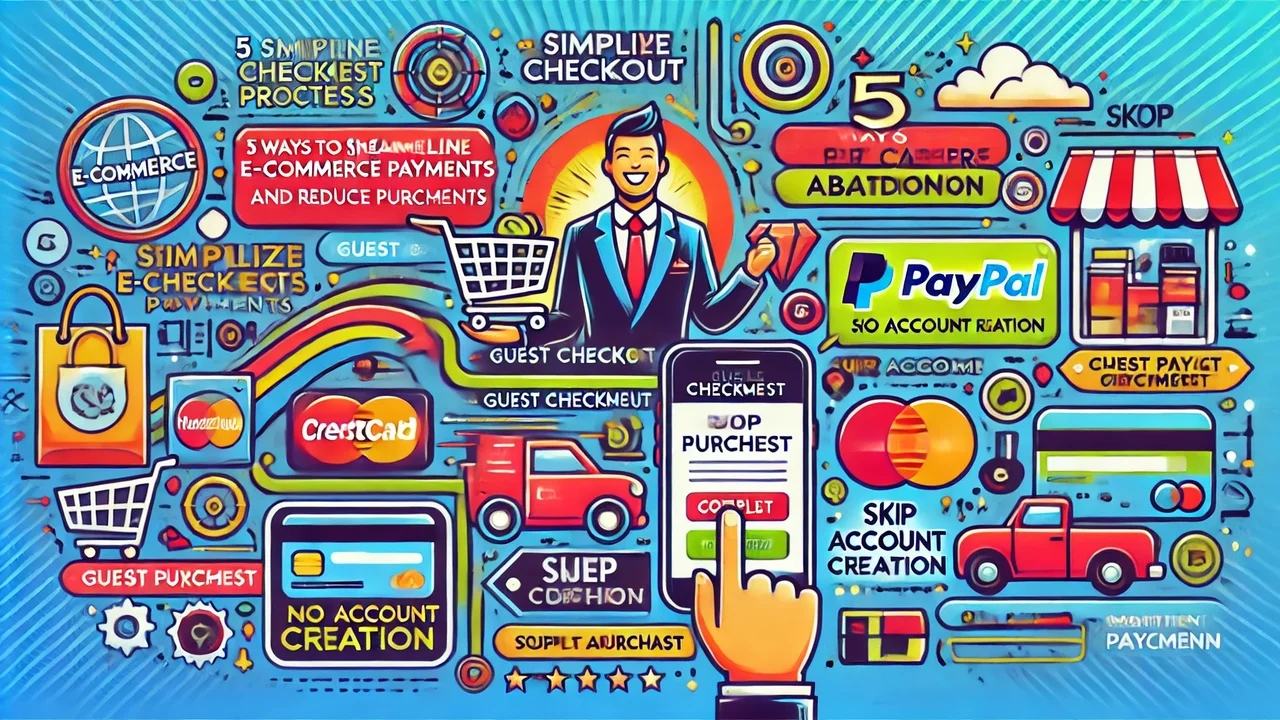Did you know that 70% of carts on ecommerce platforms are abandoned? Customers just don’t complete the purchase which means that most sales opportunities are wasted. Sounds discouraging. Yet, if we take a look at why it is so, we’ll see that the dominant portion of abandoned carts results from complicated checkout, few payment options, and safety concerns.
In other words, it seems that the issue is rooted in things we can control. The task is thus to understand how to make e-commerce payments smoother so that more people complete the purchase.
5 Ways to Make E-commerce Payments Smooth and Efficient
Custom Software Solutions
Of course, no one wants to spend much on fintech software, especially when you are a startup or a small business. Keep in mind those cart abandonment rates, though. It may be really wise to invest in fintech software development and get solutions your employees and customers will enjoy using:
- payment gateways
- POS systems
- mobile payment apps
- peer-to-peer payment apps, etc.
For example, some customers prefer mobile payments. Do give them this opportunity. Similarly, multiple payment gateways mean that customers can choose their preferred payment method so they are less likely to abandon theirs.
The first step is to turn to a reputed fintech software development service. Together with their experts, you’ll assess your current payment processes and decide which solutions need to be optimized and which ones need to be developed from scratch. This is the most important and, perhaps, the most substantial change you can perform to your payment workflow. When new solutions are implemented, the rate of cart abandonment should start to drop.
Simplify the Checkout Process
Sometimes, you don’t need a grand change (or don’t need it asap) to achieve improvement. Thus, for instance, one of the common reasons why people don’t complete purchases is that the checkout process is too lengthy. More specifically, many clients don’t like to be asked to create an account before checkout. So don’t force them to do that and you’ll likely see reduced cart abandonment rates soon.
Overall, it’s a good idea to analyze your current checkout process and see if any of its steps can be simplified or eliminated. Consider
- auto-filling customer information
- offering a progress indicator
- minimizing form fields.
And always ask what people like and dislike. Don’t try to guess their impressions, collect feedback.
Offer Multiple Payment Options
We touched upon this already when discussing custom software. Let’s emphasize it once again though — different customers prefer different payment methods. Yes, about 70% of them, indeed, stick with PayPal or Apple Pay, but what about others? There are clients who want to be able to pay with credit cards, those who prefer open banking, those who pay with crypto. The more methods you support, the more purchases will be completed in the long run. And don’t forget about local payment methods if that’s relevant for your business.
As always, you should start by asking people what they want. Then, you will integrate those options in your existing payment system or, if you are just building one, you will integrate it into its design.
Payment Security
If one has at least minor doubts about payment security, it’s most likely they won’t buy anything from you. The thing is that some businesses do take the necessary measures but they forget to communicate this to their customers. The latter thus just don’t know they are safe. So always display trust signals, such as SSL certificates and security badges. Plus, show that your payment gateway is PCI DSS compliant.
Display security badges prominently on your checkout page. Tell customers where they can find more information about the security measures. Regularly update your security systems and inform your customers about it.
Mobile Payments
If there’s anything that is 100% in e-commerce today it’s that payments must be mobile-friendly. If one cannot pay with their smartphone, they will postpone the purchase or give it up at all. What’s even worse, they’ll remember this experience and will hardly return.
If unsure, don’t rely on your expertise in terms of mobile design. Turn to professional services. They’ll see to it that your design is truly responsive and that it automatically adjusts to different screen sizes. It’s also a good idea to simplify the payment process for mobile users by
- reducing the number of steps
- using larger buttons
- enabling mobile-specific payment options (e.g., Google Pay).
Again, discuss it with experienced developers as they can offer more suitable options.
Conclusion
Payment workflow is what determines whether a purchase will be completed or not in e-commerce. Of course, it’s not the only factor but certainly among the top three ones. Do take it seriously then. Custom payment software, flexibility, maximum simplicity — all of it should help to keep customers happy.

Ruby Stauffer is a prominent technology blogger known for her insightful analysis and in-depth reviews of the latest tech trends and gadgets. Her blog has become a go-to resource for tech enthusiasts seeking reliable information and expert opinions on the ever-evolving world of technology.

